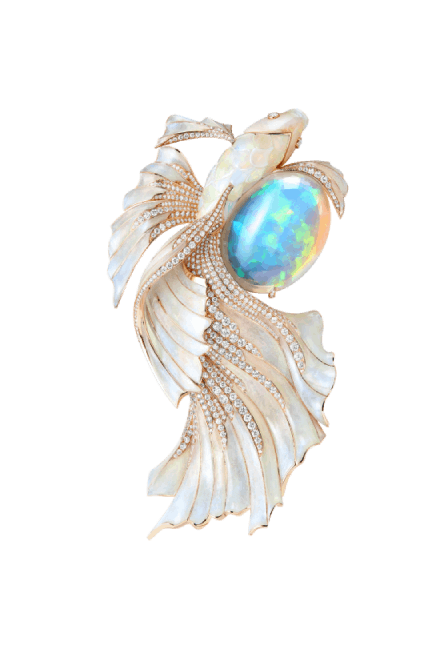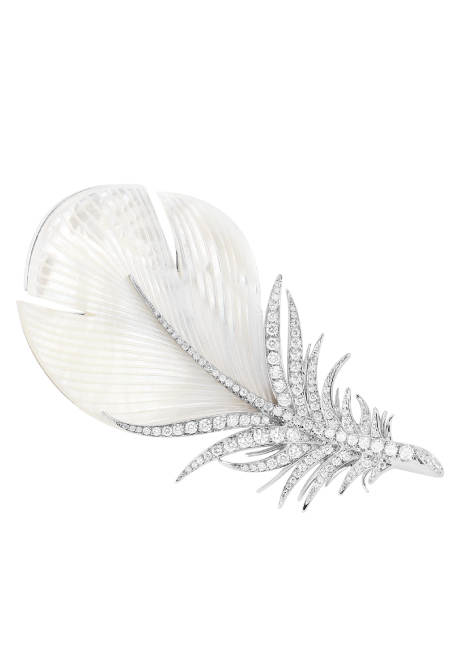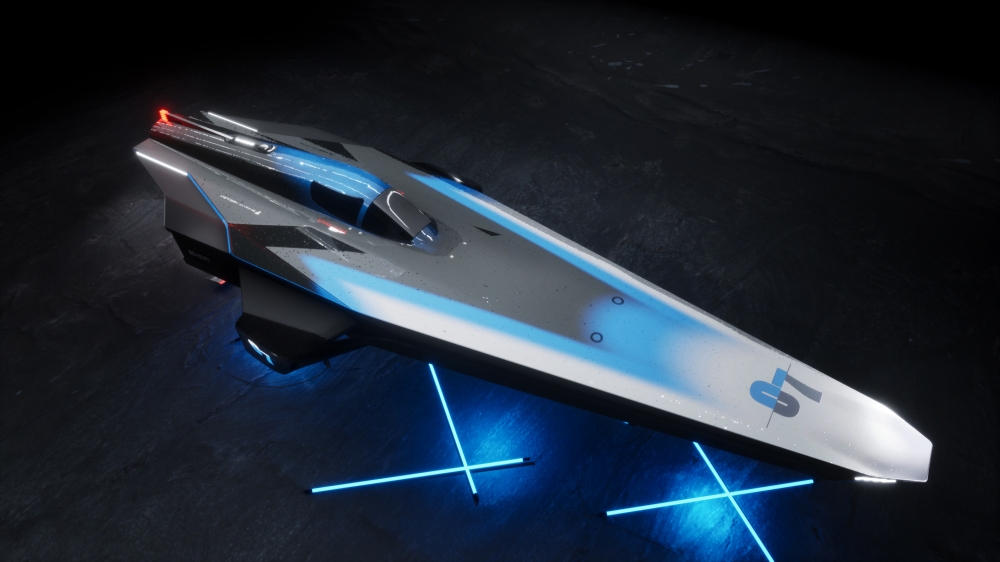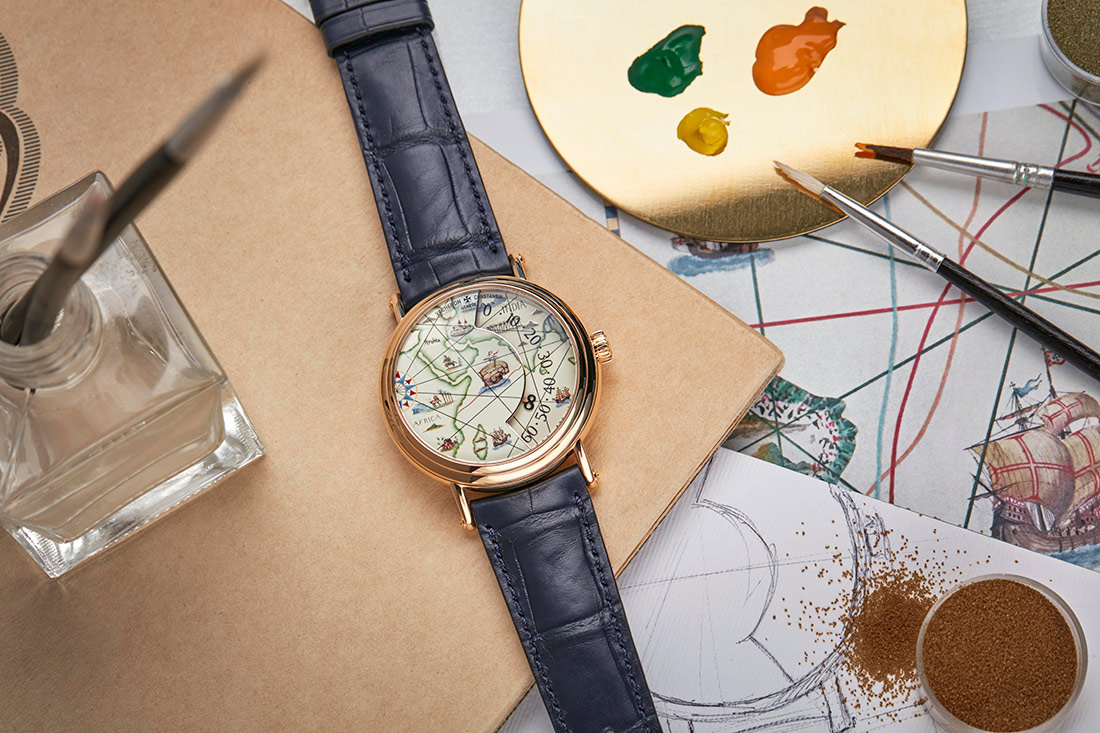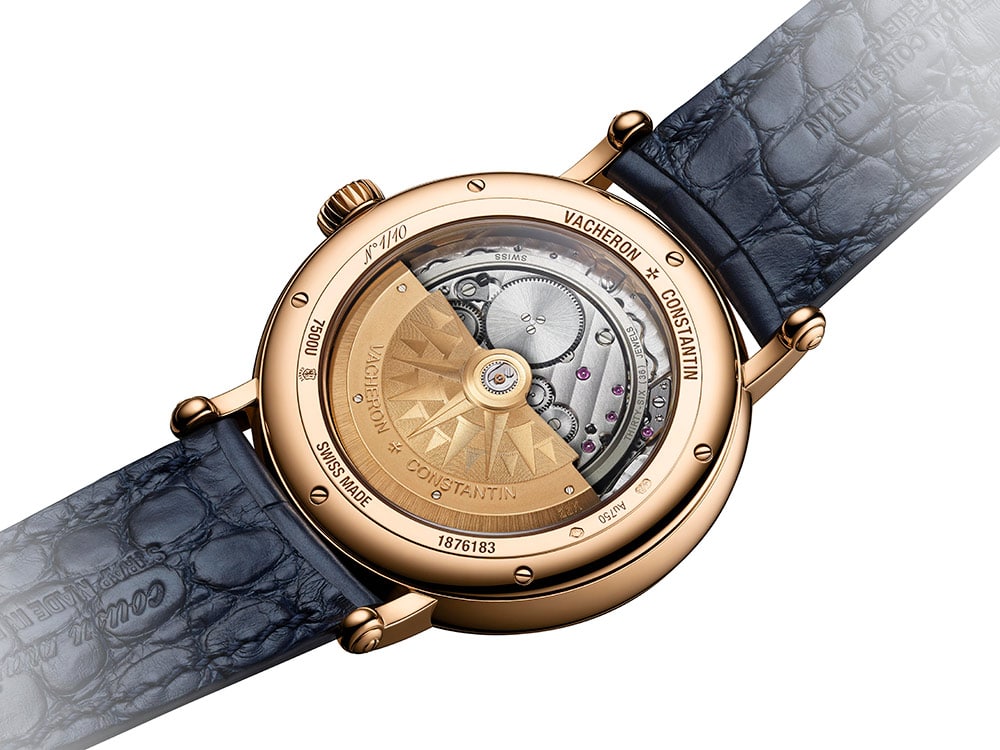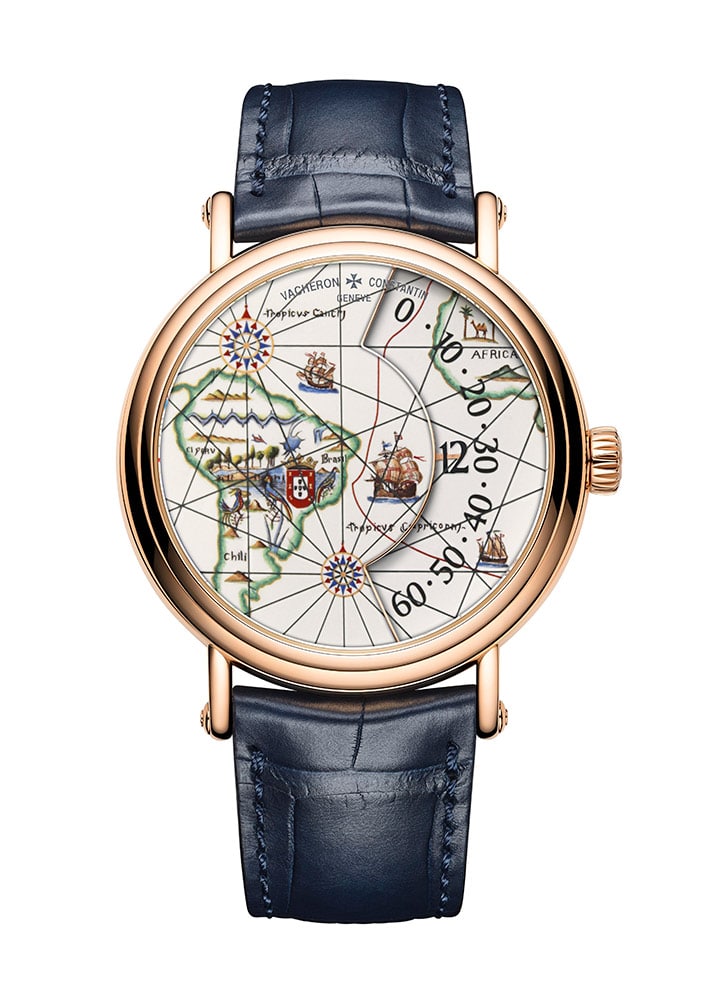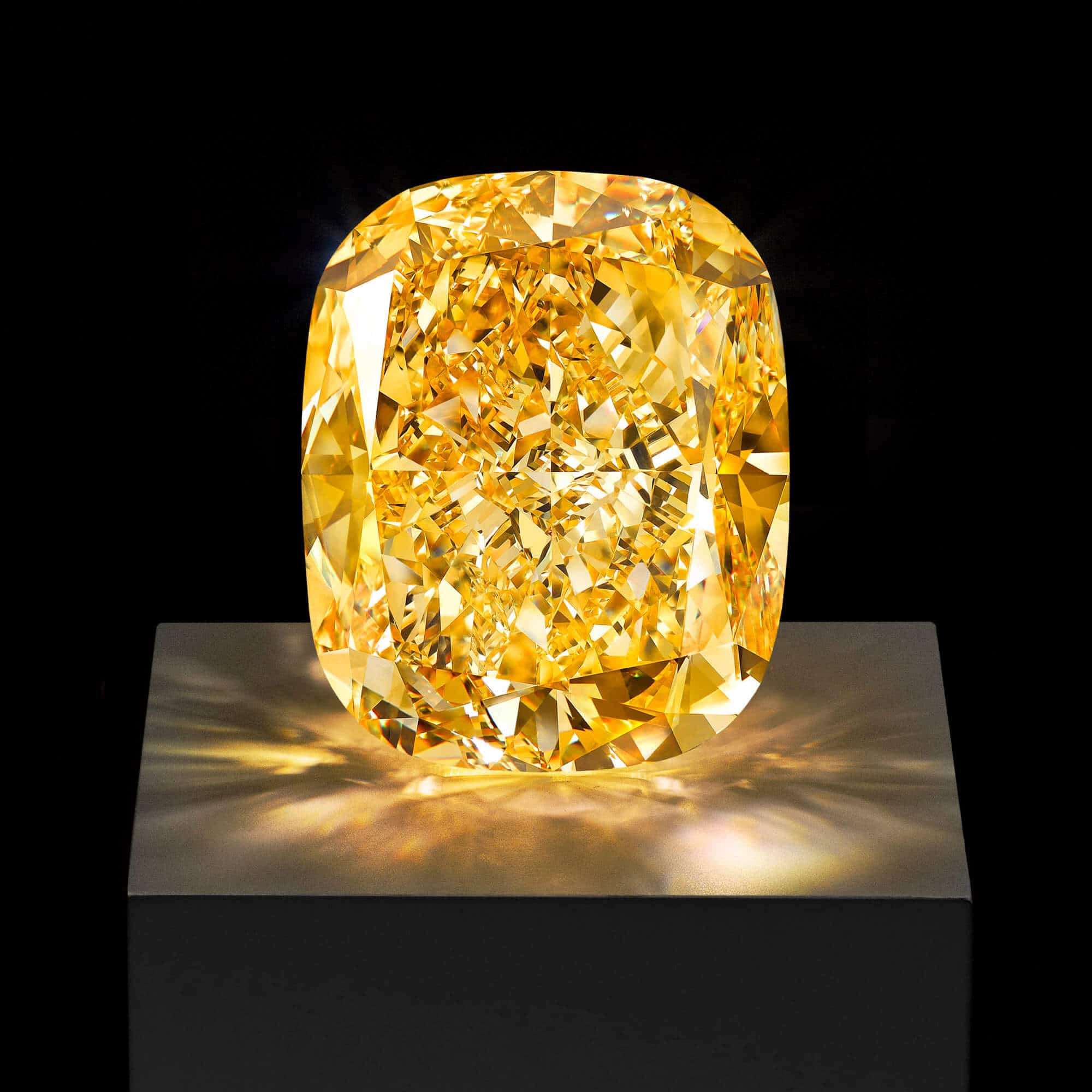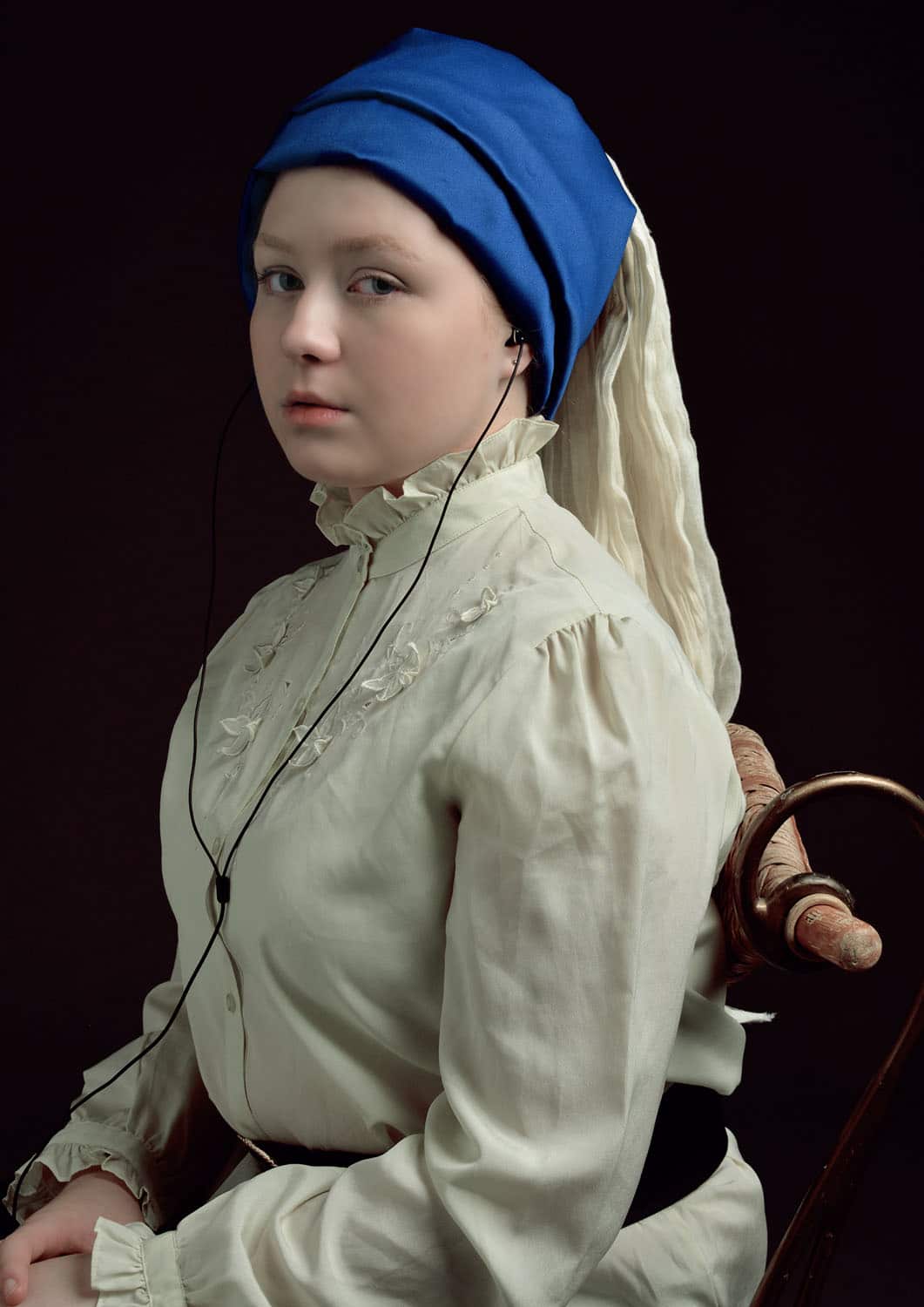La Organización Mundial de Fotografía se complace en anunciar a los ganadores mundiales de los Sony World Photography Awards 2020. El premio al fotógrafo del año y el premio en efectivo de $ 25,000 que acompañó fueron para Pablo Albarenga (Uruguay) por su serie Semillas de resistencia. . Los ganadores de las diez categorías del concurso profesional también se han anunciado junto con los ganadores del segundo y tercer lugar de cada uno, así como los ganadores de los concursos Open, Student y Youth.
Seeds of Resistance es una obra que combina fotografías de paisajes y territorios en peligro por la minería y los agronegocios, con retratos de activistas que luchan por conservarlos. En 2017, al menos 207 líderes y defensores ambientales fueron asesinados mientras protegían a sus comunidades de proyectos que amenazaban sus territorios. Según un informe publicado en 2018 por Global Witness, la mayoría de estos casos ocurrieron en Brasil, donde se registraron 57 asesinatos, el 80% de los cuales fueron contra personas que defendieron el Amazonas.
Las obras de Albarenga exploran el vínculo entre los defensores y sus tierras, un área sagrada donde descansan los restos de cientos de generaciones. En las fotografías, los personajes principales de las historias se ven desde arriba, como si estuvieran ofreciendo sus vidas por su territorio.
Mike Trow, presidente del concurso Professional 2020, informa: “El ganador de este año proviene de la categoría Creativo y consiste en un brillante conjunto de imágenes que ofrece un poderoso registro visual de cómo la deforestación va de la mano con la destrucción de comunidades y pueblos. . El trabajo del jurado este año ha sido muy complejo: hubo una serie de historias extraordinarias y conjuntos de imágenes que podrían haber ganado el gran premio, pero Seeds of Resistance realmente se destacó entre la multitud. Pablo es de Uruguay y este proyecto es un trabajo muy personal para él como fotógrafo. El esfuerzo requerido para imaginar, producir y fotografiar esta serie de imágenes es encomiable en todos los sentidos. ”
Cuando se le preguntó acerca de su premio, Albarenga dijo: “Con este importante premio logro dos victorias: primero, poder contar las historias de las comunidades tradicionales de la Amazonía destacando a las personas que todavía luchan no solo por su futuro, sino por el futuro. de todo. Necesitamos ver más allá de los árboles, el oxígeno y las especies “no descubiertas” de la selva tropical. En segundo lugar, obtengo el premio al fotógrafo del año para América Latina, un continente históricamente contado a través de los ojos de los extranjeros. Espero que muchos otros fotógrafos en nuestra región continúen difundiendo nuestras propias historias, fortaleciendo así la increíble comunidad de narradores latinoamericanos. ”
GANADORES DE CATEGORIA PROFESIONAL
Los fotógrafos ganadores en el concurso profesional fueron elegidos por un panel de jueces expertos después de presentar un excelente trabajo de entre cinco y diez imágenes, que van desde temas personales y observaciones hasta titulares de noticias y temas poco conocidos pero críticos. Los ganadores de este año son:
ARQUITECTURA
GANADORA: Sandra Herber (Canadá) por su serie Ice Fishing Huts, Lake Winnipeg
Finalistas: 2do lugar Jonathan Walland (Reino Unido); 3er lugar José De Rocco (Argentina)
CREATIVO
GANADOR: Pablo Albarenga (Uruguay) por su serie Semillas de resistencia
Finalistas: 2do lugarDione Roach (Italia); 3er lugar Luke Watson (Reino Unido)
DESCUBRIMIENTO
GANADOR: Maria Kokunova (Federación de Rusia) por su serie The Cave
Finalistas: 2do lugar Hashem Shakeri (República Islámica del Irán); 3er lugar Hugh Kinsella Cunningham (Reino Unido)
DOCUMENTAL
GANADOR: Chung Ming Ko (RAE de Hong Kong) por su serie Heridas de Hong Kong
Finalistas: 2do lugarDidier Bizet (Francia); 3er lugar Youqiong Zhang (China continental)
MEDIO AMBIENTE
GANADOR: Robin Hinsch (Alemania) por su serie Wahala
Finalistas: 2do lugar Álvaro Laiz (España); 3er lugar Luca Locatelli (Italia)
PAISAJE
GANADOR: Ronny Behnert (Alemania) por su serie Torii
Finalistas: 2do lugar Florian Ruiz (Francia); 3er lugar Chang Kyun Kim (Corea del Sur)
MUNDO NATURAL Y VIDA SILVESTRE:
GANADOR: Brent Stirton (Sudáfrica) por su serie Pangolins in Crisis
Finalistas: 2do lugar Masahiro Hiroike (Japón); 3er lugar Adalbert Mojrzisch (Alemania)
RETRATO
GANADOR: Cesar Dezfuli (España) por su serie Pasajeros
Finalistas: 2do lugar Denis Rouvre (Francia); 3er lugar Sasha Maslov (Ucrania)
DEPORTE
GANADOR: Ángel López Soto (España) por su serie de luchadores senegaleses
Finalistas: 2º lugar Lucas Barioulet (Francia); 3er lugar Andrea Staccioli (Italia)
NATURALEZA MUERTA
GANADOR: Alessandro Gandolfi (Italia) por su serie Immortality, Inc.
Finalistas: 2do lugar Elena Helfrecht (Alemania); 3er lugar Fangbin Chen (China continental)
Para obtener más información sobre los proyectos ganadores y finalistas de este año, visite nuestras galerías de ganadores en línea.
FOTÓGRAFO ABIERTO DEL AÑO
El concurso Open celebra la fuerza que puede tener una sola imagen. Las fotografías ganadoras han sido seleccionadas por su capacidad de comunicar una gran narrativa visual combinada con excelencia técnica. Seleccionado entre los diez ganadores de la categoría Open, Tom Oldham (Reino Unido) gana el título de Open Photographer of the Year 2020 y recibe un premio de $ 5,000 para Black Francis.
La fotografía es un retrato en blanco y negro del líder de los Pixies, Charles Thompson (también conocido como Black Francis) originalmente hecho para la revista MOJO. Cuando Oldham le pidió que reconociera su frustración con las sesiones de fotos, Francis le ofreció un perfecto gesto de exasperación mientras se llevaba las manos a la cara. El resultado fue una fotografía muy expresiva que terminó en la portada del artículo.
Al comentar sobre su victoria, Oldham declaró: ‘Es un cumplido increíble ser elegido para esto, todavía estoy ansioso por haber ingresado a esta lista llena de tanto talento de todo el mundo. Nunca soñé que podría llegar a ninguna parte en el concurso Open ya que el listón era tan alto … me llevará algún tiempo darme cuenta de lo que he logrado. Quiero agradecer a la revista Mojo por la oportunidad, a mi brillante equipo y, por supuesto, a Charles por ofrecer ese momento especial. Estoy asombrado y encantado. ’
FOTÓGRAFO ESTUDIANTIL DEL AÑO
La estudiante griega Ioanna Sakellaraki fue elegida como la fotógrafa estudiantil del año 2020 por su serie Aeiforia, creada en respuesta a la comisión Sustainability Now que pidió a los estudiantes que produjeran trabajos relacionados con la sostenibilidad ambiental. En su serie, Sakellaraki presenta fotografías nocturnas de los paneles solares, turbinas eólicas y granjas de baterías utilizadas en la pequeña isla de Tilos en Grecia, la primera en el Mediterráneo que funciona casi exclusivamente con energía renovable.
Sakellaraki representa al Royal College of Art en el Reino Unido y ha ganado 30,000 € en equipos fotográficos de Sony para su institución. Al comentar sobre su victoria, dijo: “Me siento honrada de haber sido galardonada con el título de Estudiante Fotógrafa del Año. Mi serie Aeiforia me permitió compartir una buena historia sobre sostenibilidad al capturar el paisaje como un pasaje a la vida nocturna en la isla griega de Tilos. Espero que este gran reconocimiento me brinde la oportunidad de trabajar en muchas más tareas de este tipo. También estoy muy agradecido de que el Royal College of Art haya recibido todo ese excelente equipo fotográfico que Sony ofrece tan generosamente, porque con él otros estudiantes podrán llevar a cabo nuevos proyectos. ”
JÓVENES FOTÓGRAFO DEL AÑO
Seleccionado entre los siete ganadores de la categoría, Hsien-Pang Hsieh (Región de Taiwán, 19 años) ha ganado el Fotógrafo Juvenil del Año 2020 por su imagen de Prisa, que muestra a un artista callejero que aparentemente camina a toda prisa pero en realidad se detiene. . Inspirado por su experiencia como recién llegado a Alemania, Hsien-Pang ve la imagen como su visión del ritmo agitado de la vida y un recordatorio para que el resto disminuya la velocidad.
CONTRIBUCIÓN DESTACADA A LA FOTOGRAFÍA
El premio a la Contribución Sobresaliente a la Fotografía ha sido presentado al impresor y editor Gerhard Steidl. Es la primera vez en la historia de los Premios que no se ha otorgado una contribución sobresaliente a la fotografía a un fotógrafo. Establecida en 1968, la editorial Steidl lanzó su propio programa de fotolibros en 1996 y en pocos años se convirtió en lo que es hoy, la lista más grande del mundo de fotografía contemporánea. Su impresionante catálogo de fotolibros presenta artistas de renombre como Joel Sternfeld, Nan Goldin, Bruce Davidson, Robert Frank, Berenice Abbott, Robert Adams, Henri Cartier-Bresson, Karl Lagerfeld y Juergen Teller, por nombrar algunos. Sus publicaciones abarcan toda la historia de la fotografía, desde los primeros maestros hasta los fotógrafos líderes de la actualidad, y representan el espectro diverso de la expresión fotográfica, desde el arte y la moda hasta la fotografía documental y callejera.
Todas las imágenes ganadoras se promocionarán en los canales y las plataformas en línea de la Organización Mundial de Fotografía utilizando contenido como videos, presentaciones y preguntas y respuestas en vivo. Una muestra digital de los proyectos ganadores y finalistas de este año está disponible en la página en pantalla.
En respuesta a eventos recientes, la Organización Mundial de Fotografía también ha lanzado la página Stay Connected, que presenta un programa diverso de iniciativas, actividades y recursos en línea destinados a apoyar e inspirar audiencias y fotógrafos reconocidos en los Premios de este año.
Hablando de los premios de este año, Scott Gray, fundador y CEO de la Organización Mundial de Fotografía, dijo: “Los Sony World Photography Awards se establecieron para ayudar a los fotógrafos a recibir el reconocimiento que merecen, brindándoles una plataforma importante para compartir su trabajo con los nuevos audiencias Debido a las restricciones actuales debido a la pandemia, no pudimos realizar la exposición de este año, pero seguimos comprometidos a promover las imágenes y proyectos ganadores y a garantizar que los Premios reconozcan y aprecien el trabajo de los fotógrafos. Somos inmensamente afortunados de poder trabajar con Sony en su desarrollo. Sony comparte nuestro compromiso con este medio y con los fotógrafos individuales, y juntos continuaremos celebrando su trabajo y elevaremos el listón de la fotografía como arte. ”
Sobre Sony Corporation
Sony Corporation es una compañía creativa de entretenimiento con una sólida base tecnológica. A través de sus divisiones, que van desde videojuegos y servicios en línea, hasta música, películas, electrónica, semiconductores y servicios financieros, el objetivo de Sony es alimentar la ilusión gracias al poder de la creatividad y la tecnología. Se puede encontrar más información en el sitio web global de Sony:
http://www.sony.net/
 Carte Blanche High Jewelry Collection July 2022
Carte Blanche High Jewelry Collection July 2022 Carte Blanche High Jewelry Collection July 2021
Carte Blanche High Jewelry Collection July 2021 Carte Blanche High Jewelry Collection July 2020
Carte Blanche High Jewelry Collection July 2020




